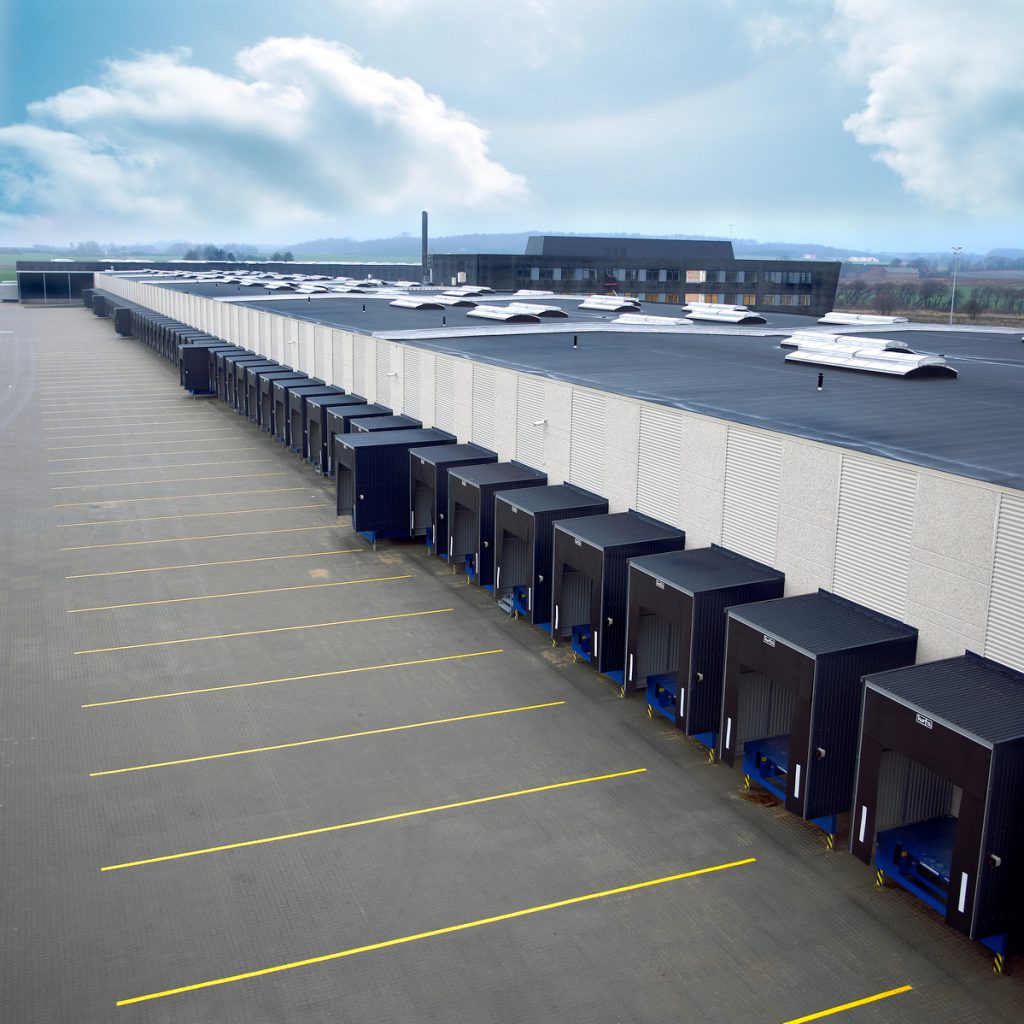Research confirms UK’s logistics sector is buoyant
19th October 2022

Against a challenging financial and economic backdrop and heightened business uncertainty, there continues to be robust activity in the industrial and logistics sector, according to latest research from Colliers. The firm has reported that take-up for units over 100,000 sq ft reached 9.6 million sq ft in Q3 2022.
Len Rosso, head of Industrial & Logistics at Colliers, explains: “This take-up figure is 12.6% down quarter-on-quarter, taking the total to end-Q3 to 31.5 million sq ft, a 22% drop when compared to the first three quarters of 2021. However, if we look at the immediate 48-month activity prior to Covid-19, Q3 take-up remains elevated and resulted in an increase of 13% over the average quarterly take-up for the period 2018/2019.”
In addition, the data reveals that occupiers are continuing to target Grade A space in Q3 with take-up for speculative units accounting for 50% of total take-up, while purpose-built space recorded a 26% share. Second-hand space accounted for 24% of take-up.
The research also states that the flight to quality is somewhat driven by occupiers placing greater importance on a building’s ESG credentials. However, it is also dictated by a low level of supply where occupier requirements are likely to be satisfied by the provision of speculatively developed space. Some occupiers are also likely to be planning in advance and opting for purpose-built warehouses to fit in line with their long-term business strategies. Yet given the current issues in the UK’s economy, occupiers will find it increasingly difficult to plan.
When analysing the most recent data for online sales from the Office for National Statistics (ONS), online retailing sales volumes saw a monthly contraction of 2.6% in August 2022, following an increase of 4.8% in July 2022. Despite this fall, online sales volumes are 24.4% above their pre-Covid-19 February 2020 levels.
Andrea Ferranti, head of Industrial & Logistics research at Colliers, said: “Due to a natural drop in online retail sales, when compared to the record levels witnessed over 2021 and 2022, Q3 saw an average occupier deal size of 233,000 sq ft, down 35% year-on-year. While this figure is an indication of where the market may be heading over the next 12 to 15 months, it is worth highlighting that more data is needed over the next couple of quarters, into 2023, to ascertain where we are up to. We expect global multi-national businesses to continue to seek large warehouse space to drive efficiencies while future-proofing supply chain operations.”
Colliers’ latest industrial and logistics research also reveals that supply remains extremely low at 17.8 million sq ft and the scheduled delivery of 18 million sq ft of speculatively developed space this year has not been enough to relieve pressure in the market. Furthermore, 50% of this has either let or is under offer.
Ferranti adds: “We are currently monitoring circa 8.3 million sq ft of new speculative space under construction with scheduled delivery for 2023. As a result, rents are increasing across the board with the latest monthly MSCI figures recording an average annual rental growth to August of 14.2% for distribution warehouses and 12.8% for standard industrial assets. We expect a continuation of rental growth over the next 12-months but at a slower pace due to a challenging economic outlook.”
similar news

